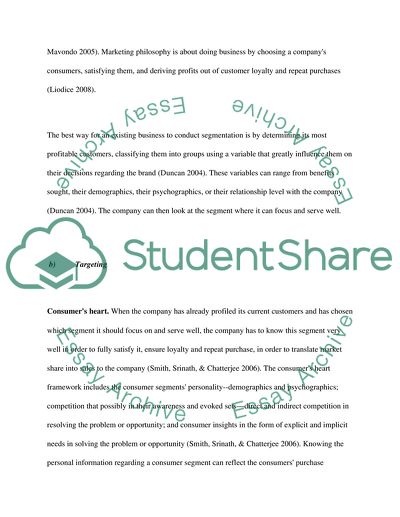Cite this document
(“Consumer Integrated Marketing Communications Campaign Case Study”, n.d.)
Consumer Integrated Marketing Communications Campaign Case Study. Retrieved from https://studentshare.org/marketing/1728963-marketing-campaign
Consumer Integrated Marketing Communications Campaign Case Study. Retrieved from https://studentshare.org/marketing/1728963-marketing-campaign
(Consumer Integrated Marketing Communications Campaign Case Study)
Consumer Integrated Marketing Communications Campaign Case Study. https://studentshare.org/marketing/1728963-marketing-campaign.
Consumer Integrated Marketing Communications Campaign Case Study. https://studentshare.org/marketing/1728963-marketing-campaign.
“Consumer Integrated Marketing Communications Campaign Case Study”, n.d. https://studentshare.org/marketing/1728963-marketing-campaign.


